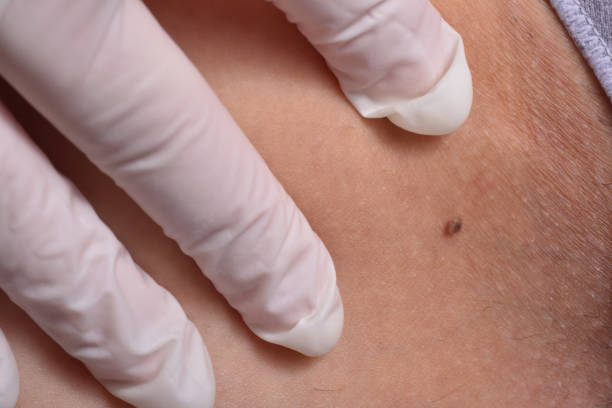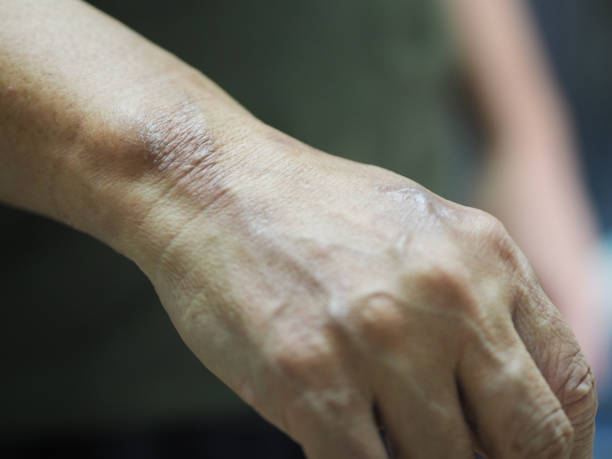Skin cancer is one of the most common cancers globally, with melanoma being its deadliest form. But can melanoma be cured? This question has been at the forefront of medical research and public concern. Advances in treatments have significantly improved survival rates, but the quest for a definitive cure continues. This comprehensive article explores the truth about melanoma, including the possibility of curing metastatic melanoma cancer.
Understanding Melanoma
What is Melanoma?
Melanoma is a type of skin cancer that develops from melanocytes, the cells responsible for producing melanin, the pigment that gives skin its color. Unlike other skin cancers, melanoma can spread to other parts of the body, making it particularly dangerous.
Types of Melanoma
There are several types of melanoma, including:
- Superficial Spreading Melanoma: The most common type, typically spreading across the surface of the skin before penetrating deeper.
- Nodular Melanoma: Characterized by a more aggressive growth, often appearing as a raised bump.
- Lentigo Maligna Melanoma: Usually occurring in older adults, often on sun-damaged skin.
- Acral Lentiginous Melanoma: A rarer form, often appearing on the palms, soles, or under the nails.
Causes and Risk Factors
Several factors increase the risk of developing melanoma:
- UV Exposure: Prolonged exposure to ultraviolet (UV) radiation from the sun or tanning beds is the leading cause.
- Genetics: Family history and genetic predispositions play significant roles.
- Skin Type: Fair-skinned individuals with less melanin are at higher risk.
- Moles: Atypical or numerous moles increase the likelihood of melanoma.
Symptoms and Early Detection
Early detection is crucial for successful treatment. Symptoms include:
- Asymmetry: One half of a mole doesn’t match the other.
- Border: Irregular, scalloped, or poorly defined edges.
- Color: Varied shades of brown, black, or other colors.
- Diameter: Larger than 6mm (about the size of a pencil eraser).
- Evolving: Any change in size, shape, or color.
Regular skin checks and awareness of these symptoms can lead to early diagnosis and better outcomes.
Diagnosis of Melanoma
Medical History and Physical Exam
Doctors begin by taking a detailed medical history and performing a physical examination, focusing on any suspicious skin lesions.
Biopsy and Histopathology
A biopsy involves removing a small sample of the suspicious lesion for microscopic examination to confirm the diagnosis.
Staging of Melanoma
Staging determines the extent of the cancer’s spread and is crucial for planning treatment. It ranges from Stage 0 (in situ) to Stage IV (metastatic).
Current Treatments for Melanoma
Surgery
Surgical removal of the tumor is often the first line of treatment, especially for early-stage melanoma.
Immunotherapy
Immunotherapy harnesses the body’s immune system to fight cancer. Drugs like checkpoint inhibitors (e.g., pembrolizumab) have shown significant promise.
Targeted Therapy
Targeted therapies focus on specific genetic mutations within melanoma cells. Drugs like BRAF inhibitors (e.g., vemurafenib) are used for melanomas with BRAF mutations.
Radiation Therapy
Radiation therapy is used to destroy cancer cells, particularly in cases where surgery is not possible or for metastatic sites.
Chemotherapy
Although less commonly used now due to newer treatments, chemotherapy can still be effective in certain cases.
Can Melanoma Be Cured?
Early-Stage Melanoma
Early-stage melanoma (Stages 0-II) has a high cure rate with surgical removal.
Advanced Melanoma
Advanced melanoma (Stages III-IV) is more challenging to cure but can often be managed with a combination of treatments.
Success Stories and Statistics
Many patients with early-stage melanoma are cured, and even those with advanced disease are living longer thanks to new treatments.
Can Metastatic Melanoma Cancer Be Cured?
Definition and Challenges
Metastatic melanoma, where the cancer has spread beyond the skin, is particularly challenging to treat.
Breakthrough Treatments
Recent advancements in immunotherapy and targeted therapy have dramatically improved outcomes for metastatic melanoma.
Long-term Survivorship
Some patients with metastatic melanoma have experienced long-term remission, though the term “cure” is still cautiously used.
Innovative Research and Future Directions
Clinical Trials
Ongoing clinical trials are essential for developing new treatments and improving existing ones.
Genetic Research
Understanding the genetic mutations involved in melanoma helps in creating targeted therapies.
Personalized Medicine
Personalized medicine tailors treatment to the individual’s genetic profile, offering more effective and less toxic options.
Living with Melanoma
Coping Strategies
Living with melanoma involves physical and emotional challenges. Coping strategies include seeking support and staying informed about the disease.
Support Systems
Support groups and counseling can provide emotional support and practical advice.
Quality of Life
Maintaining a good quality of life is crucial, involving regular medical care, a healthy lifestyle, and mental health support.
Preventing Melanoma
Sun Protection Strategies
Effective sun protection includes using sunscreen, wearing protective clothing, and avoiding peak UV radiation times.
Regular Skin Checks
Regular self-examinations and professional skin checks can catch melanoma early when it’s most treatable.
Lifestyle Changes
Avoiding tanning beds, staying hydrated, and maintaining a healthy diet can reduce melanoma risk.
FAQs About Melanoma
Can melanoma be cured?
Early-stage melanoma can often be cured with surgical removal. Advanced melanoma requires more complex treatments but can be managed effectively.
What are the latest treatments for melanoma?
Recent treatments include immunotherapy, targeted therapy, and combination therapies, which have significantly improved outcomes.
How effective is immunotherapy for melanoma?
Immunotherapy has been highly effective for many patients, especially those with advanced melanoma.
Can metastatic melanoma cancer be cured?
While challenging, some patients with metastatic melanoma have experienced long-term remission with modern treatments.
What are the signs of early melanoma?
Early signs include asymmetry, irregular borders, varied color, large diameter, and changes in the lesion.
How can I prevent melanoma?
Preventive measures include sun protection, regular skin checks, and avoiding tanning beds.
Conclusion
The battle against melanoma is ongoing, but significant progress has been made. Early detection and advanced treatments offer hope, even for those with metastatic melanoma. While a definitive cure remains elusive for all cases, many patients achieve long-term remission and maintain a high quality of life. Continuous research and personalized medicine hold the promise for even better outcomes in the future.





Lindsi Mylonas
Shinaya Blechman